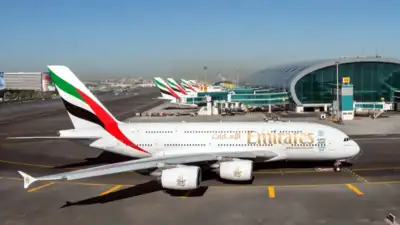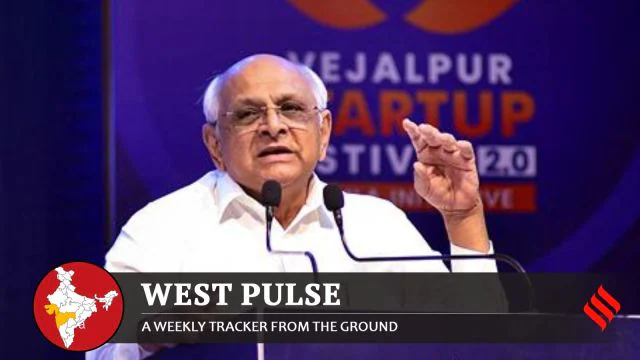Emirates, the global airline giant headquartered in Dubai, has signaled a strategic shift that will have its short‑term expansion focused outside India, one of its historically most robust markets. Airline managers indicate restrictive bilateral seat quotas, airport saturation, and rising local competition have emerged as major obstacles, causing the airline to turn to other high‑growth territories for new capacity deployment.
Why Growth in India Has Hit a Wall
India has been a pillar of Emirates’ global network for years, with six metros—Delhi, Mumbai, Bengaluru, Hyderabad, Chennai, and Kochi—producing heavy two‑way traffic to the Gulf, Europe, and the Americas. Fast GDP growth and increasing outbound travel have not, however, translated into seats for foreign airlines. Bilateral pacts between India and the United Arab Emirates, most recently increased in 2015, limit weekly seats for Dubai‑based carriers at about 66,000. Emirates and its sibling carrier flydubai already use almost all of their allocation.
President of Emirates Tim Clark had recently said that “a partner can’t add much in that situation,” highlighting the frustration of the airline. Indian officials have insisted that extra capacity will be given only after domestic carriers—mainly Air India, IndiGo, and Vistara—absorb their record aircraft orders and develop stronger international presence. Until then, overseas carriers have to operate within allocated quotas.
Competitive Pressures Inside India
The regional geography is changing rapidly. Air India’s fleet replacement worth tens of billions of dollars under the Tata Group is focused on capturing outbound Indian traffic that is now being routed through Gulf hubs. Asia’s biggest low-cost carrier IndiGo adds more medium‑haul routes, and Vistara increases premium cabin capacity. Overall, these actions nibble away at some of Emirates’ connecting‑traffic lead.
At large Indian airports, restricted take-off and landing slots present another obstacle. Mumbai and Delhi, already running close to full capacity, have room for Emirates to introduce flights only in the event of bilateral caps being removed.
Where Emirates Is Looking Next
No longer able to expand significantly in India at least in the near term, Emirates is shifting new aircraft deliveries—mainly Airbus A350‑900s and Boeing 777‑9s—to less served or growing markets:
Sub‑Saharan Africa: Increasing urbanization, growing incomes in the middle class, and narrow long‑haul connections mean cities like Lagos, Nairobi, and Cape Town are top targets.
Southeast Asia: Secondary markets in Vietnam, Indonesia, and the Philippines provide solid labor‑migrant and tourism streams.
Central Asia and Eastern Europe: Countries like Kazakhstan and Poland are seeing growing demand for Gulf transfers to North America.
Latin America: With codeshare partners, Emirates has access to Brazil’s and Mexico’s expanding outbound middle class.
The carrier also intends to increase frequencies to existing European and US gateways, wagering on premium-class recovery and strong cargo demand.
Still Committed to the Indian Market
Despite the strategic shift, Emirates maintains India is “integral to the network.” The airline will emphasis product upgrades, ancillary services, and increased loyalty partnerships to sustain its brand presence. Skywards frequent‑flyer tie‑ups with Indian banks and travel apps are planned, while cargo subsidiary Emirates SkyCargo looks to pharmaceutical and e‑commerce exports from India.
Industry Implications
Observers see Emirates’ action as underlining Indian concerns to play a fine balancing game in allowing the growth of domestic carriers without choking international connectivity. If seat limits in bilateral agreements by and large stay the same for a few more years however, not just Emirates but other Gulf and Southeast Asian carriers might also turn elsewhere for expansion—potentially changing regional traffic patterns and global hub structures.
For tourists, the near-term effect will be restricted options and perhaps higher prices on India–Dubai routes during peak travel periods. On the other hand, customers in Africa, Southeast Asia, and Latin America may enjoy greater flight options and competitive prices as Emirates redistributes its growth drivers outside the skies of South Asia.






